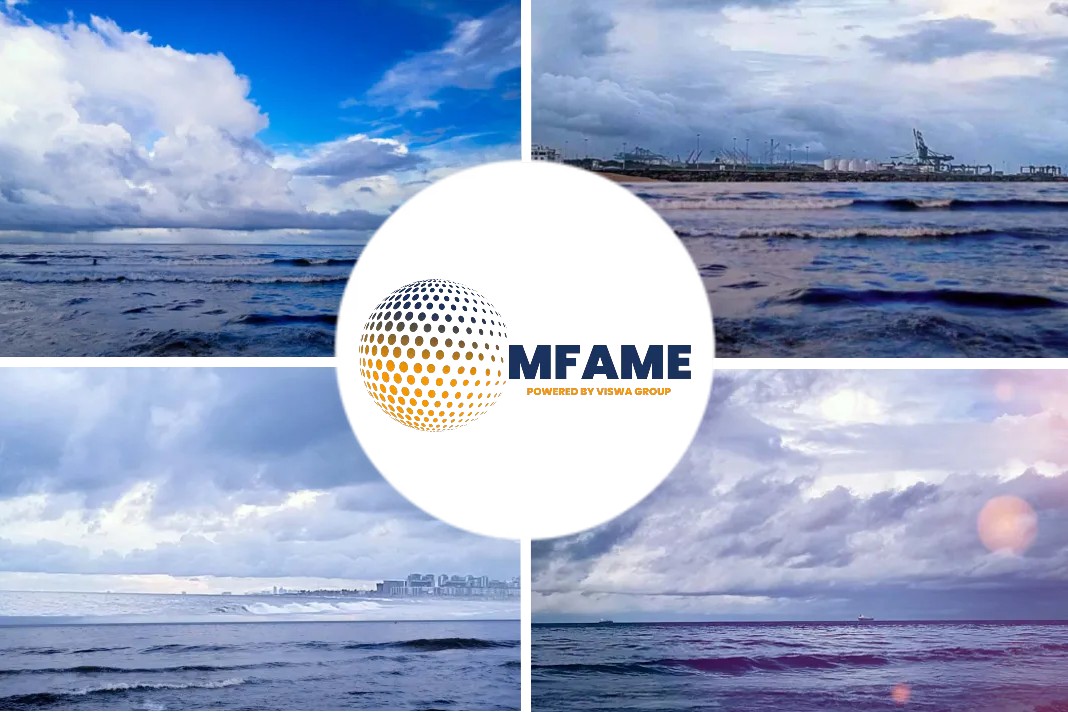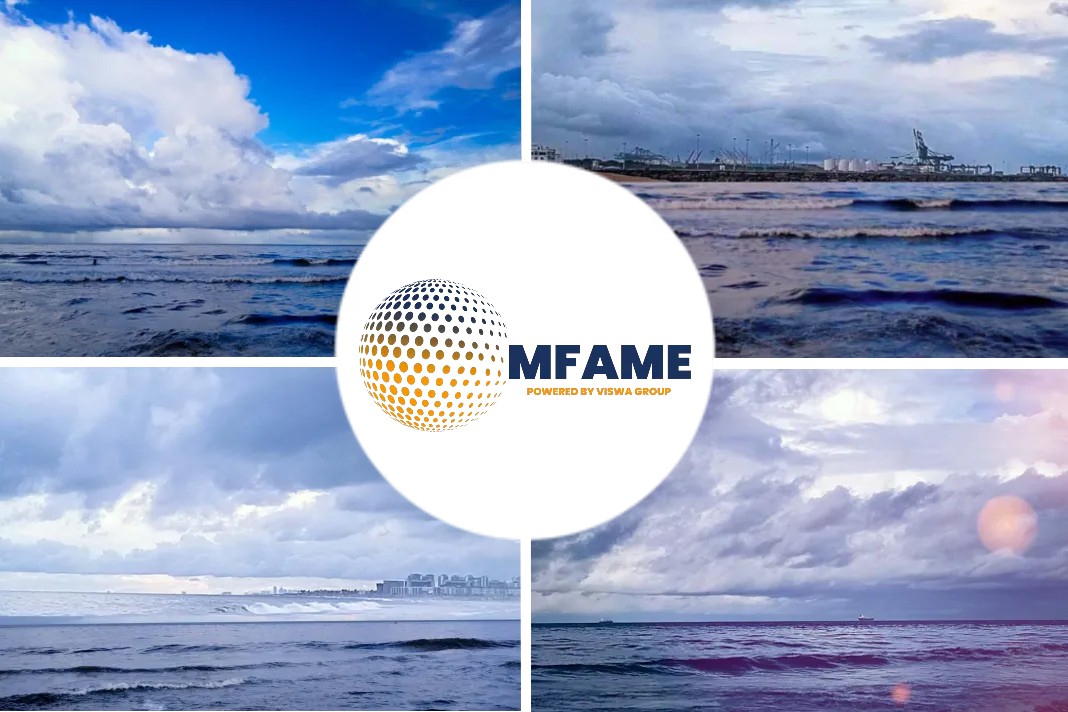CSIRO, Australia’s national science agency, maps the critical research steps Australia has to take to realize a hydrogen industry it says is potentially worth A$11 billion ($7.5 billion) a year by 2050, reports the Maritime Executive.
Global decarbonization efforts
Following 2018’s report by CSIRO, which revealed that Australia is capable of continuing its global decarbonization efforts and contribute domestically and internationally, this year’s report focuses on identifying opportunities for RD&D to support an Australian hydrogen industry.
Consequently, the report consists of four key messages:
- Part 1. The value of RD&D and Australia’s hydrogen capabilities
- Part 2. Opportunities for RD&D to support market activation
- Part 3. Underpinning RD&D across the value chain
- Part 4. Enhancing Australian hydrogen RD&D outcomes.
Hydrogen storage systems
The report focuses on a research opportunity to develop, test and demonstrate a variety of hydrogen storage systems and carrier ships for export and hydrogen storage and transport mechanisms to deliver hydrogen from production facilities to loading ports.
In addition, the report pays closer attention to five hydrogen opportunity areas.
Alternate methods for hydrogen production
Australia is already looking for alternative methods to produce hydrogen. In essence:
- Electrolysis: An electric current is applied to split water into hydrogen and oxygen gas streams.
- Fossil fuel conversion: Elevated temperatures are used to generate hydrogen and a range of possible by-products from a fossil fuel resource (natural gas, coal, or oil).
- Biomass and waste conversion: Elevated temperatures are used for the production of hydrogen and other products from biomass or municipal waste streams.
- Direct hydrogen carrier production: On the contrary to producing hydrogen, a chemical hydrogen carrier is synthesized directly from feedstock other than hydrogen. The chemical carrier can be utilised directly in some applications or used as a means to store and distribute hydrogen which can later be extracted for use.
- Thermal water splitting: Elevated temperatures are used for the direct or chemically-assisted splitting of water into hydrogen and oxygen gas streams.
- Biological hydrogen production: Biological materials, pathways, or systems photosynthesize or convert organic matter to produce hydrogen and other products.
- Photochemical and photocatalytic processes: Sunlight is used by photovoltaic or photocatalytic materials, which split water into hydrogen and oxygen gas streams, without the use of an external electric circuit.
The report offers a range of potential uses for the hydrogen, including the opportunity to decarbonize harder-to-abate sectors such as steel-making.
While other pathways exist to reduce energy and emissions, like the replacement or blending of coking coal with charcoal from biomass, new steel-making processes using clean hydrogen could enable a 98 percent reduction in emissions.
A key area for on-going research is anticipated to be enabling Australia’s domestic and export hydrogen industries.
Australia meets up global hydrogen demand
The Economic Research Institute for ASEAN has forecast that Australia could supply 42% of East Asia’s hydrogen demand by 2040, and the IEA calculates that given its natural resources, Australia could produce nearly 100 million tonnes of oil equivalent of hydrogen.
In a report commissioned by ARENA, ACIL Allen valued exports in 2040 ranging from $2.6 billion to $13.4 billion.
The report was sponsored by the Department of Innovation, Industry and Science, the Victorian Government, Woodside, BHP, ARENA and Origin.
The full report is available here.
Did you subscribe to our daily newsletter?
It’s Free! Click here to Subscribe!
Source: The Maritime Executive

















